Chemical Biology & Drug Discovery
In the field of Chemical Biology and Drug Discovery, diverse research endeavors span from the synthesis of small-molecule probes derived from diversity-oriented synthesis to the study of membrane-binding proteins implicated in human diseases. Researchers explore the assembly and interaction of molecular building blocks, utilizing innovative chemical, physical, and computational methods to investigate cellular processes at both the single-molecule and systems biology levels. The development of ultrasensitive superresolution techniques and imaging-driven solutions enhances our understanding of molecular details in human immunity, offering potential transformative applications in disease management and therapeutics.
hidden Heading link
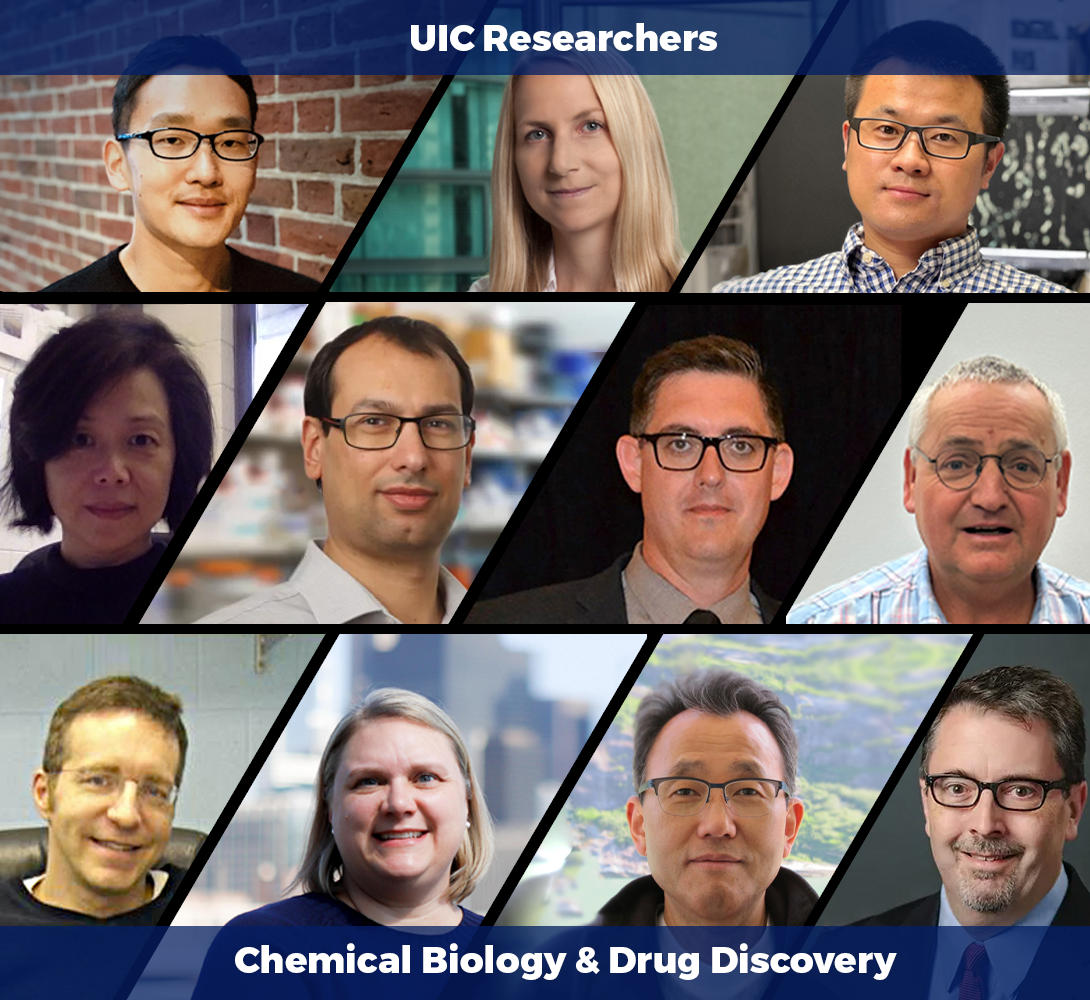
hidden Heading link
Alexander Adibekian
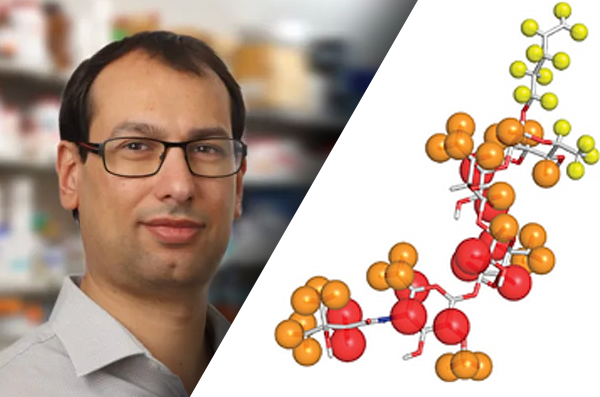
- Development of new chemoproteomic probes and platforms for target identification, focusing on hypervalent iodine-based reagents for bioorthogonal applications.
- Application of these probes to uncover and characterize the molecular targets of natural products, aiming to elucidate their mechanisms of action.
- Advancement of chemoproteomics-enabled drug discovery through novel synthetic routes, enabling rapid creation of diverse small molecule collections for screening in disease models.
- Identification of molecular targets for these small molecules using in-house chemoproteomic profiling methods, enhancing drug discovery efforts.
- Design and synthesis of small molecular weight (MW) covalent-reversible tags for specific cell surface proteins, facilitating the cellular uptake of otherwise impermeable cargos.
Wonhwa Cho

- Lipid-Targeting Drug Discovery for Cancer and Neurodegenerative Diseases
- Overcoming Cancer Drug Resistance
- Sensor development and quantitative lipid imaging
Stephanie Cologna
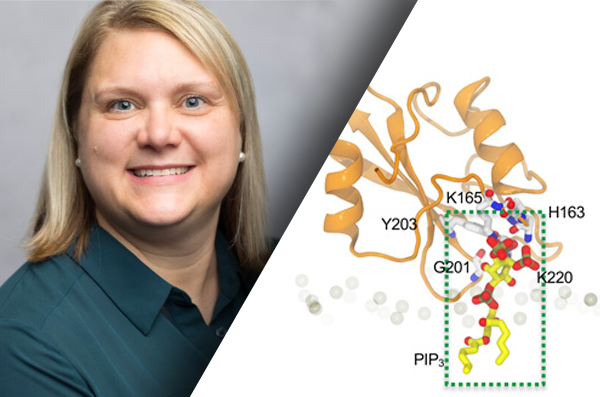
- Mass Spectrometry
- eurodegeneration and Neurobiology
- Proteomics, Lipidomics
Paul R Carlier
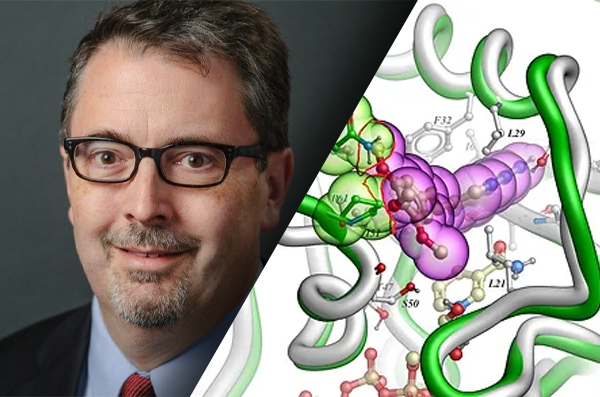
- Drug discovery for malaria and multi drug-resistant bacteria
- Development of chemoproteomic probes for drug target identification
- Organic synthesis
Ruixuan Gao
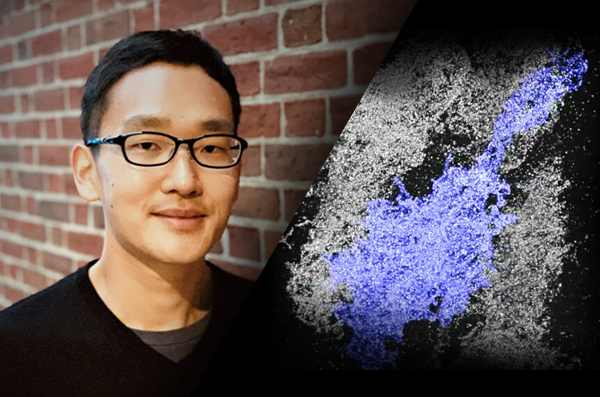
- Living organisms are composed of structures spanning orders of magnitude in size, and are assembled from tens of thousands of, if not more, distinct molecular entities.
- Our group’s research centers on understanding the molecular nature of biological structures and processes central to life and human health. We are interested in how basic molecular building blocks‚ such as proteins, lipids, and RNAs‚ assemble and interact with each other to achieve specific biological functions, or cause dysfunctions.
- One fundamental question our group is pursuing is how we can identify and locate these molecular building blocks in cells and tissues across a remarkably broad range of length and time scales.
- For this purpose, we develop and apply state-of-the-art methods in biochemistry, bioanalytical & biophysical chemistry, and synthetic chemistry to map and track target molecular markers at their native length scale and temporal resolution.
- Using these tools, we investigate the molecular processes underlying critical biological functions and dysfunctions, including synaptic transmission, neuronal connection, neurodegeneration, and mental disorders.
Ying Hu
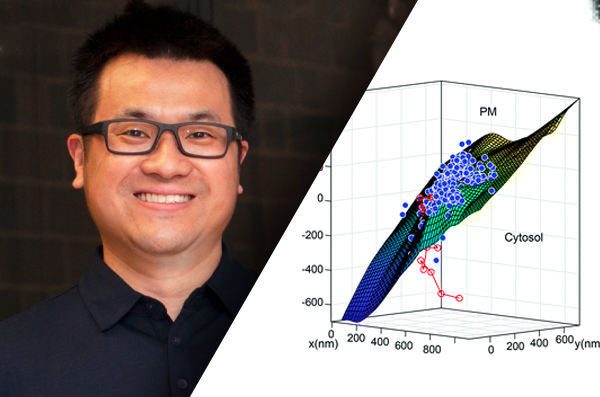
- Developing novel sample labeling techniques towards multiplexed and quantitative single-molecule and superresolution microscopy
- Investigating specialized membrane structures that regulate intra- and inter-cellular communications of immune cells at the nanoscale
- Providing imaging-based mechanistic insights into dysregulation in immune-related disorders
hidden Heading link
Petr Kral
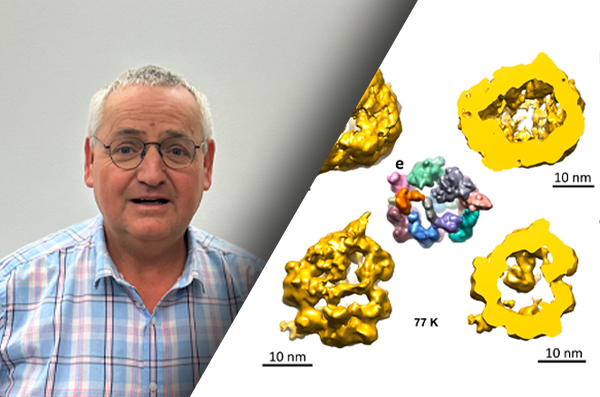
- – Modeling of coarsed materials
- – Modeling of nanomedicines
- – Modeling of nanofluidics
- – Modeling of energy-related systems
- – First principle methods
- – Molecular dynamics simulations
- – Mean-field and analytical methods
Lawrence Miller
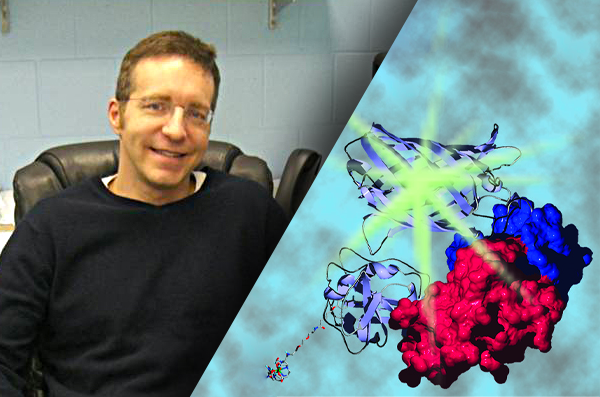
- The Miller lab:
- – Develops and applies chemical and biological tools to study protein function in living cells including the roles of serine/threonine phosphatases.
- – Draws on traditional biochemistry, molecular biology and chemical synthesis to design hybrid, chemigenetic biosensors for live cells fluorescence imaging and screening assays.
- – Is focused on small molecule protein labels, luminescent lanthanide complexes and time-resolved luminescence bioimaging.
Alison Ondrus
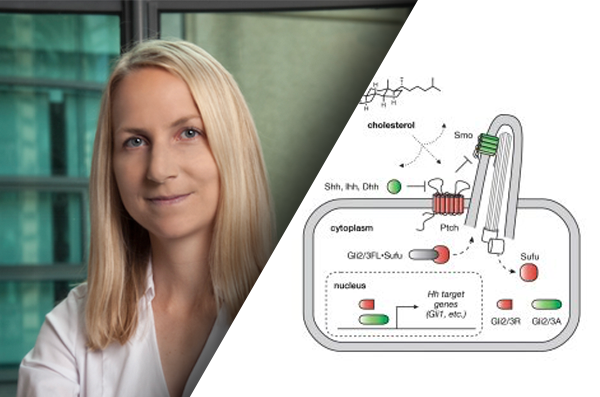
Our lab uses a combination of synthetic, biochemical, and genetic tools to define how specific cholesterol metabolites wire and re-wire cellular pathways, with the ultimate goal of translating their structural code into new small molecule therapeutics.
Duncan Wardrop
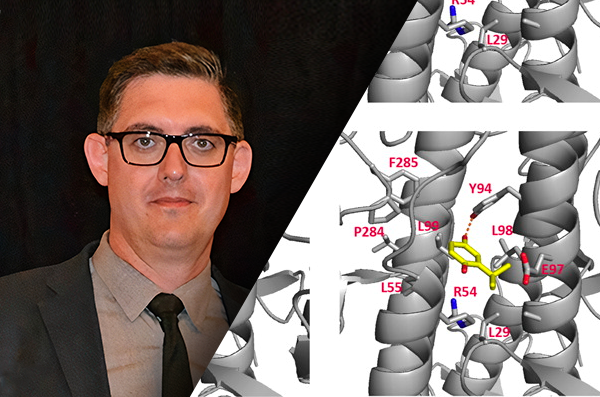
Two major areas of interest
- Target-directed organic synthesis
- Electron-deficient, divalent reactive intermediates
- Chemistry of nitrenium ions and other electron-deficient nitrogen species
- Alkylidenecarbene generation and applications
- Medicinal chemistry
- Selective HDAC inhibitors to improve cancer immunotherapy
Xiaojing Yang
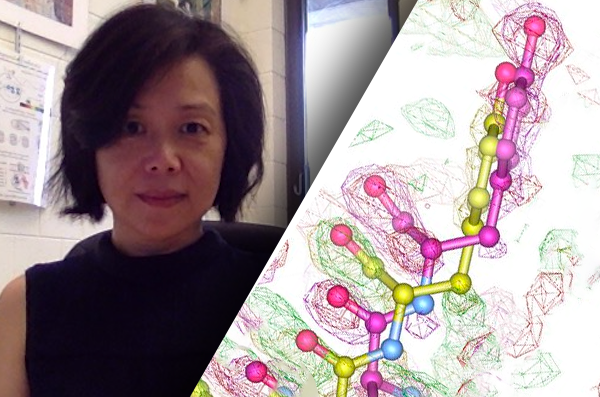
- Structural biology using cryoEM and crystallography;
- Structural and mechanistic studies of photoreceptors and light signaling;
- Molecular mechanisms of enzyme regulation;
- Method developments for capturing structural dynamics at (near)-atomic resolution.